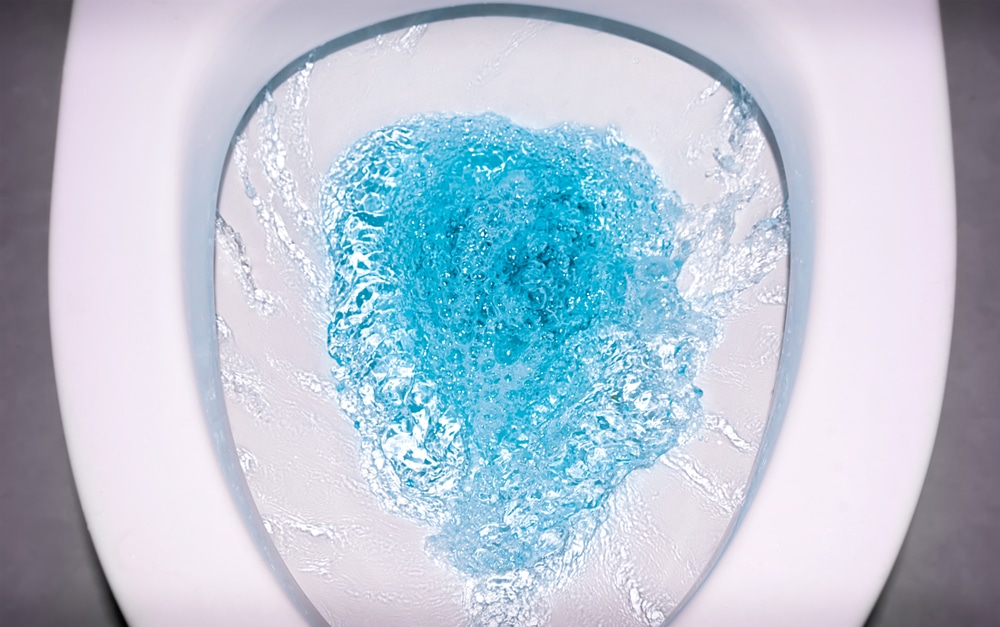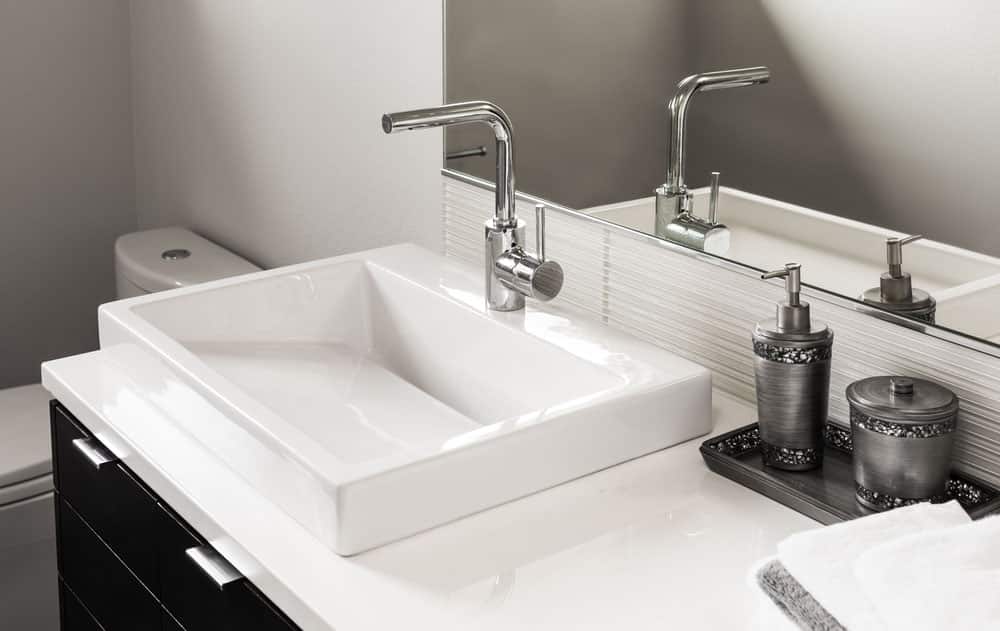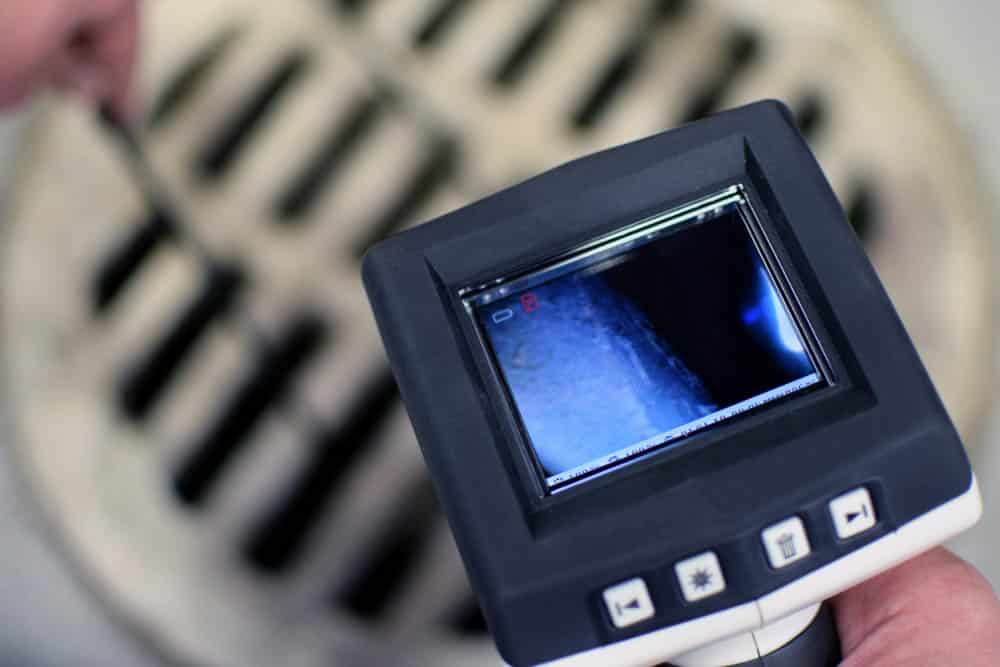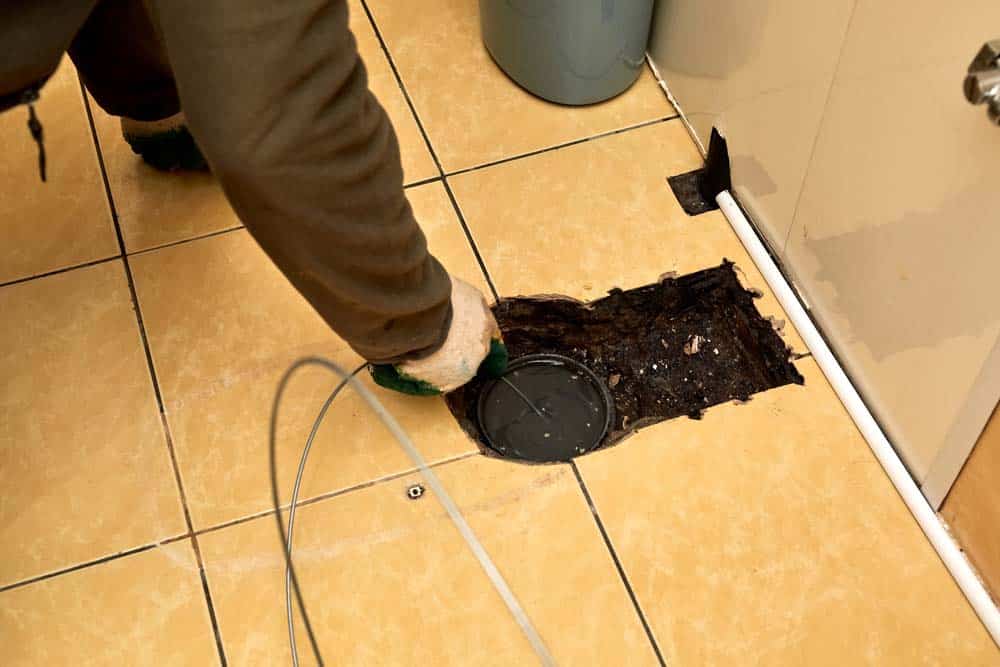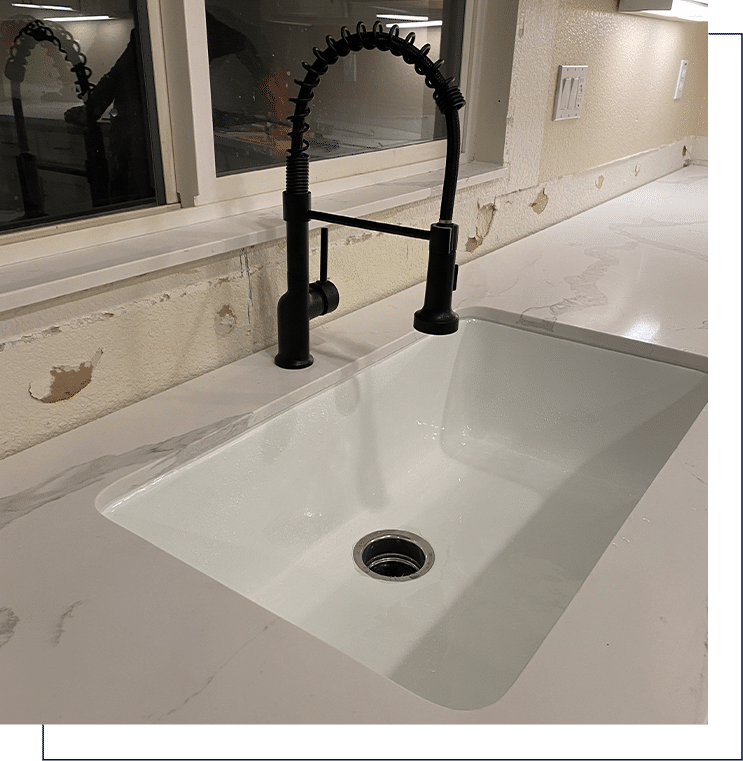Is there anything more frustrating than a malfunctioning toilet? From clogged drains to incessant running, common toilet problems can disrupt our daily routines and cause unnecessary stress. But fear not! In this guide, we’ll explore the most typical toilet issues and provide you with simple yet effective solutions to fix them. Whether it’s a stubborn clog that refuses to budge or a leaky flush valve that’s driving up your water bill, we’ve got you covered. We’ll dive into step-by-step instructions, handy tips, and even preventative measures to help you maintain a trouble-free toilet. So, say goodbye to those irritating toilet troubles and hello to a smoothly functioning bathroom. Get ready to become a DIY plumbing expert and regain control over your porcelain throne. Let’s roll up our sleeves, grab our tools, and get to work on solving those pesky toilet problems once and for all!
Clogged Toilet
A clogged toilet is one of the most common and frustrating issues homeowners face. When you’re dealing with a clog, it’s important to act quickly to prevent any further damage to your plumbing system. The first step is to assess the severity of the clog. If the water level is rising dangerously high, turn off the water supply to the toilet by shutting off the valve located behind the toilet. This will prevent any overflow.
Once you’ve taken care of that, it’s time to tackle the clog. Start by using a plunger, which is often the most effective tool for clearing a clogged toilet. Make sure the plunger is submerged in water and create a tight seal around the drain. Push down and pull up vigorously, repeating the motion several times. This should create enough suction to dislodge the clog. If the clog persists, you may need to try a toilet auger or snake. Insert the auger into the drain and rotate it clockwise to break up the clog. Be careful not to scratch the porcelain bowl. Once the clog is cleared, turn the water supply back on and flush the toilet to ensure everything is flowing smoothly.
Running Toilet
A running toilet can be a major annoyance and can also lead to wasted water and higher utility bills. The most common cause of a running toilet is a faulty flapper valve. This valve is responsible for sealing the flush valve and preventing water from continuously flowing into the toilet bowl. To fix this issue, start by removing the toilet tank lid and inspect the flapper valve. If it’s worn out or damaged, it will need to be replaced.
To replace the flapper valve, turn off the water supply to the toilet by shutting off the valve located behind the toilet. Flush the toilet to drain any remaining water from the tank. Remove the old flapper valve by disconnecting it from the flush chain and lifting it off the overflow tube. Install the new flapper valve by attaching it to the flush chain and placing it over the overflow tube. Make sure it creates a tight seal when closed. Turn the water supply back on and let the tank fill up. Test the toilet by flushing it and check if the running has stopped. If the problem persists, you may need to adjust the water level or replace other components such as the fill valve or float.
Leaking Toilet
A leaking toilet can not only waste water but also cause damage to your bathroom floor and subfloor. If you notice water pooling around the base of the toilet or hear a constant dripping sound, you likely have a leak. The first step is to check the wax ring seal between the toilet and the flange. This seal creates a watertight connection and can deteriorate over time.
To replace the wax ring, start by turning off the water supply to the toilet. Drain the tank and bowl by flushing the toilet and using a sponge or towel to soak up any remaining water. Disconnect the water supply line and remove the bolts securing the toilet to the floor. Carefully lift the toilet off the flange and place it upside down on a towel or cardboard. Scrape off the old wax ring and inspect the flange for any damage. Install a new wax ring on the flange, making sure it is centered and snug. Lower the toilet back onto the flange, aligning the bolts with the holes. Tighten the bolts evenly and reattach the water supply line. Turn on the water supply and check for any leaks. If the leak persists, you may need to replace other components such as the fill valve or tank bolts.
Weak Flushing Toilet
A weak flushing toilet can be frustrating and inconvenient, especially if you find yourself needing to flush multiple times. The most common cause of a weak flush is a partial clog in the toilet trap or drainpipe. To fix this issue, start by using a plunger to clear any obstructions. Make sure the plunger is submerged in water and create a tight seal around the drain. Push down and pull up vigorously to create enough suction to dislodge the clog.
If plunging doesn’t solve the problem, you may need to try using a toilet auger or snake. Insert the auger into the drain and rotate it clockwise to break up the clog. Be careful not to scratch the porcelain bowl. If the weak flush persists, you may need to check the water level in the tank. The water should be at least one inch below the overflow tube. If it’s too low, adjust the float or fill valve to increase the water level. If none of these solutions work, you may need to call a professional plumber to assess the situation.
Toilet Bowl Not Refilling Properly
If you notice that your toilet bowl is not refilling properly after a flush, there may be an issue with the fill valve or the water supply. Start by checking the water level in the tank. It should be about one inch below the overflow tube. If the water level is too low, adjust the float or fill valve to increase it.
If the water level is fine, the problem may be with the fill valve. Turn off the water supply to the toilet and flush to drain the tank. Remove the fill valve cap and use a small screwdriver to adjust the water level. Turning it clockwise will increase the water level, while turning it counterclockwise will decrease it. Replace the fill valve cap and turn the water supply back on. Let the tank fill up and check if the toilet bowl is refilling properly. If the issue persists, you may need to replace the fill valve or seek professional help.
Toilet Tank Not Filling Up
If your toilet tank is not filling up after a flush, it can cause inconvenience and prevent the toilet from flushing properly. The first thing to check is the water supply valve. Make sure it is fully open and allowing water to flow into the tank. If the valve is open and the tank is still not filling up, the problem may be with the fill valve or the float.
To fix this issue, start by turning off the water supply to the toilet. Flush the toilet to drain any remaining water from the tank. Remove the fill valve cap and inspect the float. If it’s damaged or not floating properly, it will need to be replaced. Install a new float by attaching it to the fill valve assembly. Make sure it is positioned correctly to allow the tank to fill up to the desired level. Replace the fill valve cap and turn the water supply back on. Let the tank fill up and check if the problem is resolved. If not, you may need to replace the fill valve or seek professional assistance.
Toilet Seat Issues
While not as critical as other toilet problems, issues with the toilet seat can still be annoying and uncomfortable. Loose or broken toilet seats can shift or slide, making it difficult to sit properly. To fix a loose toilet seat, start by inspecting the bolts securing the seat to the toilet bowl. If they are loose, tighten them using a screwdriver or wrench.
If the seat is broken or damaged, you will need to replace it. Remove the old seat by unscrewing the bolts and lifting it off the hinges. Clean the area thoroughly before installing the new seat. Position the new seat over the hinges and insert the bolts. Tighten them until the seat is secure but be careful not to overtighten and crack the porcelain bowl. Test the seat to make sure it is stable and doesn’t move. If you encounter any difficulties or need assistance, consult the manufacturer’s instructions or seek professional help.
DIY Solutions for Common Toilet Problems
Now that we’ve covered the most common toilet problems and their solutions, let’s take a moment to summarize some DIY tips that can help you maintain a trouble-free toilet:
- Regularly clean your toilet to prevent buildup and clogs.
- Avoid flushing anything other than toilet paper and human waste.
- Use a plunger to clear minor clogs before resorting to harsh chemicals.
- Check the water level in the tank to ensure proper flushing.
- Inspect the flapper valve and replace it if necessary to stop a running toilet.
- Keep an eye out for leaks and repair them promptly to prevent water damage.
- Adjust the float or fill valve to maintain the correct water level in the tank.
- Replace worn-out or damaged components to ensure optimal toilet performance.
- Tighten loose bolts on the toilet seat to prevent shifting or sliding.
When to Call a Professional Plumber
While many toilet problems can be tackled with DIY solutions, there are instances when it’s best to leave it to the professionals. Here are a few situations where calling a plumber is recommended:
- Persistent or recurring clogs that cannot be cleared with a plunger or snake.
- Sewage backup or foul odors coming from the toilet.
- Water leaks that cannot be fixed by replacing the wax ring or other components.
- Cracked or damaged porcelain bowls or tanks.
- Issues with the main sewer line that affect multiple toilets or drains in your home.
In these cases, a professional plumber has the skills, experience, and tools to accurately diagnose and fix the problem. Don’t hesitate to reach out for professional help when needed to avoid further damage or costly repairs.
Conclusion
Dealing with common toilet problems can be frustrating, but armed with the right knowledge and tools, you can become a DIY plumbing expert. From clogged toilets to running water and leaky valves, this guide has provided you with step-by-step solutions to fix these issues and maintain a smoothly functioning bathroom. Remember to follow the tips for preventative maintenance to prevent future problems. However, if you ever encounter a situation beyond your expertise, don’t hesitate to call a professional plumber. With these insights and solutions, you can regain control over your porcelain throne and say goodbye to those pesky toilet troubles once and for all!



